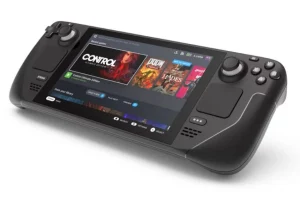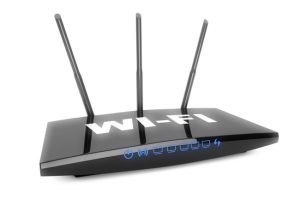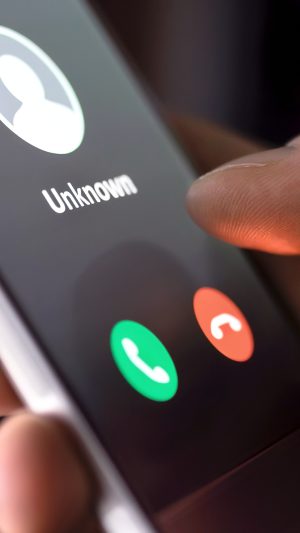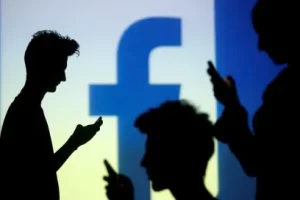
Google has pulled the popular battle royale game Battlegrounds Mobile India, more popularly known as BGMI, from its Play Store in India after a government order, a year after developer Krafton launched the app following a ban on its other similar title PUBG in the South Asian market. The BGMI game has also been delisted from Apple’s App Store in the country.
The Android-maker confirmed the development shortly after publication of the story. “On receipt of the order, following established process, we have notified the affected developer and have blocked access to the app that remained available on the Play Store in India,” a Google spokesperson told TechCrunch.
The app was delisted by Google from the Play Store on Thursday evening, and Krafton itself delisted the app from the Apple App Store shortly afterwards, a person with direct knowledge of the matter told TechCrunch. The iPhone-maker didn’t respond to a request for comment.
A Krafton spokesperson acknowledged the delisting and said the company was seeking clarification. Shares of Krafton tumbled over 9% on Friday, until partial recovery.
The development follows a growing tension between India and China, two nuclear-armed neighboring nations that have been especially at odds since deadly skirmishes along the Himalayan border in 2020. India has since reacted to the move by banning over 300 China-linked apps including PUBG and TikTok, both of which counted India as their largest overseas market by users.
Of the hundreds of apps that New Delhi has banned in the country, Krafton’s PUBG was the only title that made a return — though with a completely revamped avatar.
Krafton said it had cut ties with its publishing partner Tencent, which is also a major investor in the firm, and pledged to invest $100 million in India’s gaming ecosystem. Krafton — which has backed a number of Indian startups including Nodwin Gaming, Loco, Pratilipi and Kuku FM in the past one and a half years — told TechCrunch earlier this week that it estimated that its investment in India will touch about $140 million by next month.
The South Korean-headquartered firm said earlier this week that over 100 million users had signed up for the game in India in the past one year since launch. According to Sensor Tower, Battlegrounds Mobile India had amassed over 16.5 million monthly active users in the country.
It was unclear why the Indian government had ordered to block Battlegrounds Mobile India. New Delhi has cited national security concerns when banning other apps. (Reuters reported Friday that India has banned BGMI under section 69A of local IT law.)
Last month, a local media report — whose authenticity has been questioned by many — claimed that a child had killed his mother under the influence of the game. The report gained wide popularity on social media and reached the nation’s parliament this month. India’s Junior IT Minister Rajeev Chandrasekhar said last week that law enforcement agencies were investigating the subject.
Indian authorities have raided the local offices of Chinese phonemakers Xiaomi, Vivo and Oppo in recent months and levelled charges of tax fraud against them. China’s embassy in India criticized Indian authorities earlier this month for “frequent investigations” into the local units of the phonemakers and warned that such moves “impede the improvement of [the] business environment” in India and “chills the confidence and willingness” of other foreign nation’s businesses to invest and operate in the South Asian nation.
Krafton has repeatedly stated that BGMI and PUBG are different games and said the firm had put in place safeguards — such as enforcing a time limit on the usage of its games, login authentication — to address any misuse of its titles.
“The game is extremely popular, and these issues come with the territory. We don’t know the details of the fraud and how it was committed, but these are extreme cases. We constantly work towards securing a safe gameplay experience for users,” Krafton’s India CEO Sean Hyunil Sohn told TechCrunch earlier this week.
He added: “The government does not intervene in which apps can function and which cannot. They intervene in digital security and privacy concerns, and BGMI complies with all guidelines. MeitY (Ministry of Electronics and Information Technology) has also noted that PUBG and BGMI are different games,” he added.
Hyunil Sohn said the company was open to investing an additional $100 million or more into the Indian gaming ecosystem this year.














